This post was published in Door Security + Safety
.

Click here to learn more about touchless solutions.
With the increased focus on how to limit the spread of germs, many facility managers are considering their options for “hands-free” operation of doors. Although the model codes do not currently include requirements that specifically address touchless solutions, there are many sections of the codes and standards that impact the selection and installation of these products.
Operable Hardware
 Forearm or Elbow Pulls: Several new styles of door pulls have recently been put into production, that may be operated using a forearm or elbow. Some of these pulls would typically be installed in addition to the existing door pull; others are replacement pulls similar to the hospital pulls that were popular when automatic doors were less common. When considering the code-compliance of these products, verify that the door can be operated without tight grasping, pinching, or twisting of the wrist. Another potential pitfall is the projection of the pull, which could impact the opening in two ways:
Forearm or Elbow Pulls: Several new styles of door pulls have recently been put into production, that may be operated using a forearm or elbow. Some of these pulls would typically be installed in addition to the existing door pull; others are replacement pulls similar to the hospital pulls that were popular when automatic doors were less common. When considering the code-compliance of these products, verify that the door can be operated without tight grasping, pinching, or twisting of the wrist. Another potential pitfall is the projection of the pull, which could impact the opening in two ways:
- First, the accessibility standards include a section called “Protruding Objects”, which limits the projection of objects on circulation paths to 4 inches. This applies to objects with leading edges between 27 inches and 80 inches above the floor. Although the standards don’t specifically state whether this limit applies to door hardware, a code official may interpret the requirement as applicable to door pulls and other types of hardware.
 Second, the model codes include a section on encroachment, which limits how far a door may project into an egress path. When a door is fully open, it must not project more than 7 inches into the required egress width. Most codes exempt hardware on the push side of the door from this measurement. However, hardware mounted on the pull side of the door would affect the location of the door in the open position and the overall measurement of the door’s encroachment into the means of egress.
Second, the model codes include a section on encroachment, which limits how far a door may project into an egress path. When a door is fully open, it must not project more than 7 inches into the required egress width. Most codes exempt hardware on the push side of the door from this measurement. However, hardware mounted on the pull side of the door would affect the location of the door in the open position and the overall measurement of the door’s encroachment into the means of egress.
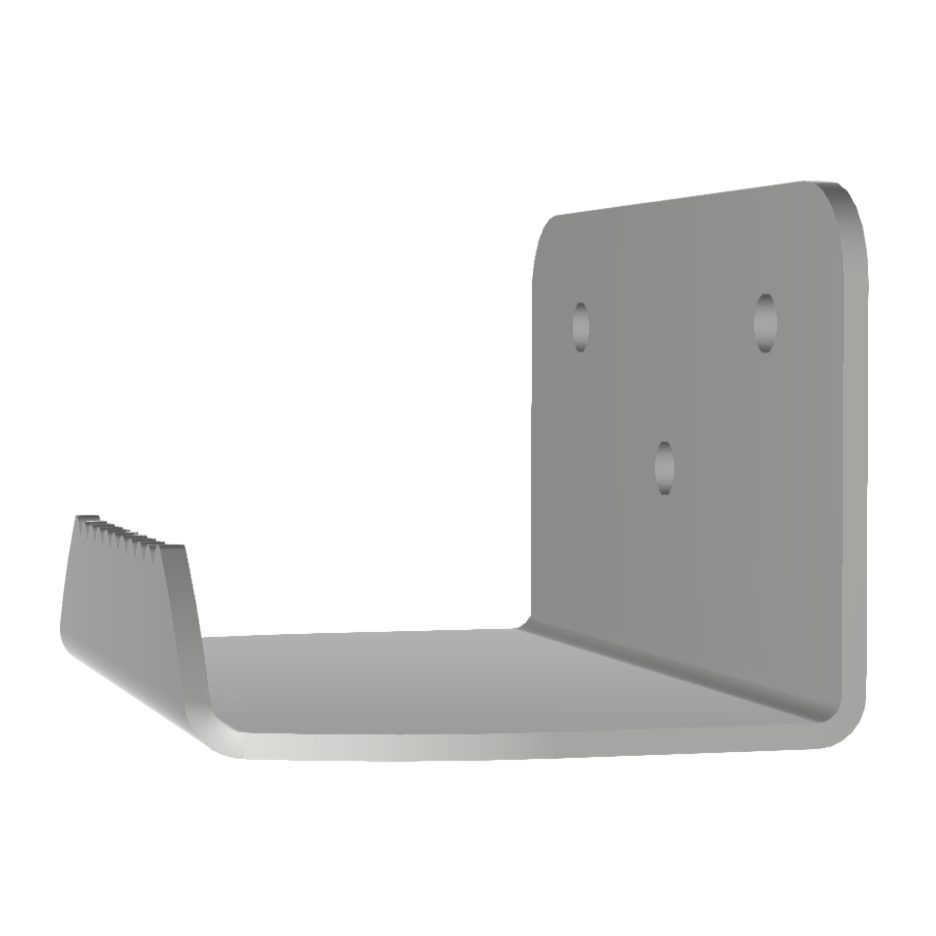 Foot Pulls: For doors with traditional pull handles and no latching hardware, door pulls operated by the user’s foot may be added near the bottom of the door to facilitate hands-free operation. If the foot pull is the only means of opening the door from the pull side the door will not be code-compliant, as the codes and standards require operable hardware to be mounted between 34 inches and 48 inches above the floor. In addition, foot pulls could be viewed by code officials as hardware which requires “special knowledge or effort.” However, if the foot pull is installed along with a standard door pull, operation of the door would likely be considered acceptable.
Foot Pulls: For doors with traditional pull handles and no latching hardware, door pulls operated by the user’s foot may be added near the bottom of the door to facilitate hands-free operation. If the foot pull is the only means of opening the door from the pull side the door will not be code-compliant, as the codes and standards require operable hardware to be mounted between 34 inches and 48 inches above the floor. In addition, foot pulls could be viewed by code officials as hardware which requires “special knowledge or effort.” However, if the foot pull is installed along with a standard door pull, operation of the door would likely be considered acceptable.
Lever Modifications: Designs for retrofit products have been shared for small batch 3D printing, and several manufacturers have introduced attachments for existing levers to allow a building occupant to use their forearm to turn the lever handle. Care must be taken to ensure that the lever can still be operated without tight grasping, pinching, or twisting of the wrist, and that no special knowledge or effort is required. In addition to the potential for damaging the existing hardware, installation of these retrofit products could affect listings, certifications, or warrantees, so it’s best to check with the lock manufacturer prior to their installation.
Electric Strikes: A benefit of using an electric strike is that once the strike keeper is released using a sensor or access control reader, the lock is no longer latched, and the door can be opened without using the lever to retract the latch. The lever can still be used for egress if necessary, so the main code consideration is that if the door assembly is fire-rated, a fail secure strike must be used. Fail safe strikes are not listed for use on fire door assemblies. In addition, when an electric strike is installed on a fire door, the strike should receive a signal from the fire alarm so the keeper is in the secure position upon actuation of the system.
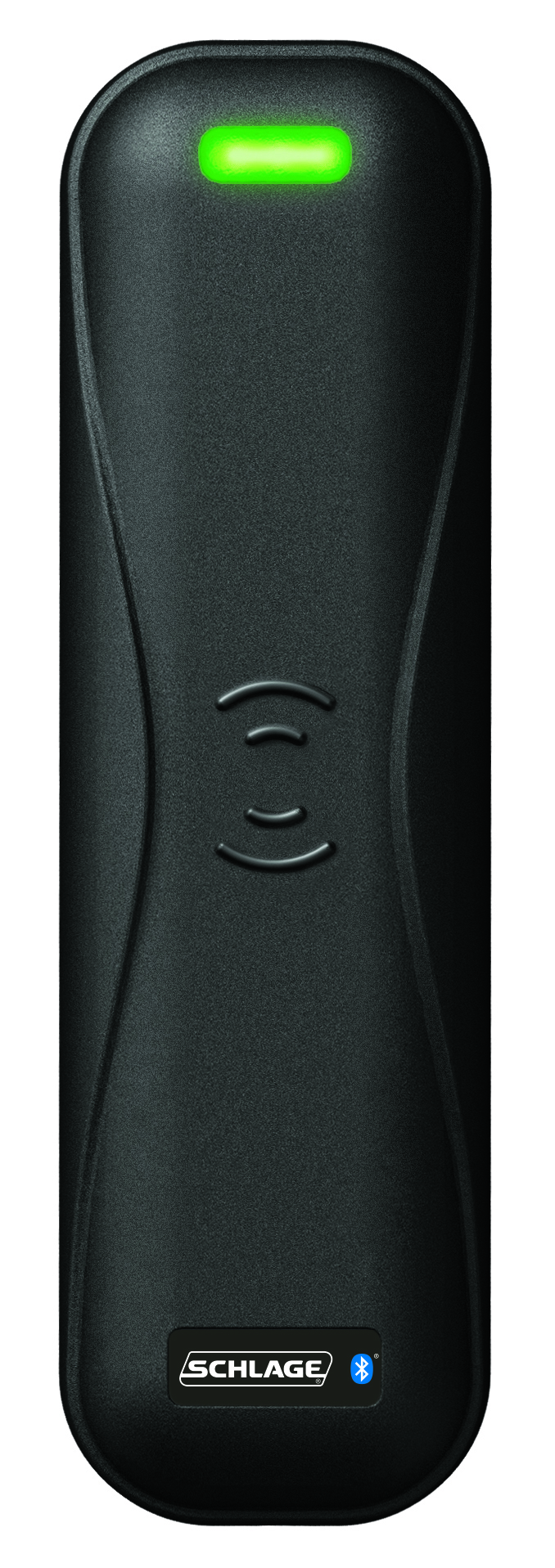 Coatings: Many manufacturers are exploring options for base materials and coatings that reduce the amount of time that viruses and bacteria can survive on surfaces. Changes to manufacturing processes and materials will be addressed by the manufacturer’s listings – including those which ensure the proper performance of hardware used as part of a fire door assembly. As with the lever modifications, the use of coatings or wraps designed to cover existing hardware should be discussed with the hardware manufacturer before installation.
Coatings: Many manufacturers are exploring options for base materials and coatings that reduce the amount of time that viruses and bacteria can survive on surfaces. Changes to manufacturing processes and materials will be addressed by the manufacturer’s listings – including those which ensure the proper performance of hardware used as part of a fire door assembly. As with the lever modifications, the use of coatings or wraps designed to cover existing hardware should be discussed with the hardware manufacturer before installation.
Access Control Readers: Proximity cards or fobs allow contactless access control, but there are more secure technologies available that are encrypted and less vulnerable to security breaches. Some facilities are considering a move to mobile credentials – which allow an authorized user’s phone to be used as an access control credential. This reduces the opportunities for exposure by substituting the phone for a card or fob. Mobile credentials can also be deployed without face-to-face interaction between system administrators and users, and they are encrypted for added security. Because multi-technology readers can read various forms of credentials, these readers can help with the transition to mobile credentials. When implementing an access control system, always ensure that the application is compliant with the code requirements for egress.
For openings where automatic operators are feasible, automating the door allows optimal hands-free operation. While it may be tempting to actuate low-energy operators using sensors that detect the presence of a building occupant and open the door, the standard for these operators – BHMA A156.19 – Power Assist & Low Energy Power Operated Doors – mandates actuation by a “knowing act.”
A knowing act is defined by the standard as: “Any conscious action with the expected result of opening a door. This includes but is not limited to: wall or jamb-mounted contact or non-contact switches such as push plates; the action of manual opening (pushing or pulling) a door; and controlled access devices such as keypads, card readers, wireless transmitters and keyswitches.”
Stepping into the detection field of a sensor is not considered a knowing act. If a low-energy automatic operator is actuated by a sensor, the opening must comply with a different standard – BHMA A156.10 – Power Operated Pedestrian Doors. This standard requires guide rails and safety sensors, and the sensors must be monitored to ensure that they are working properly (this requirement is new to the 2017 edition of the standard).
There are several other considerations for doors with automatic operators:
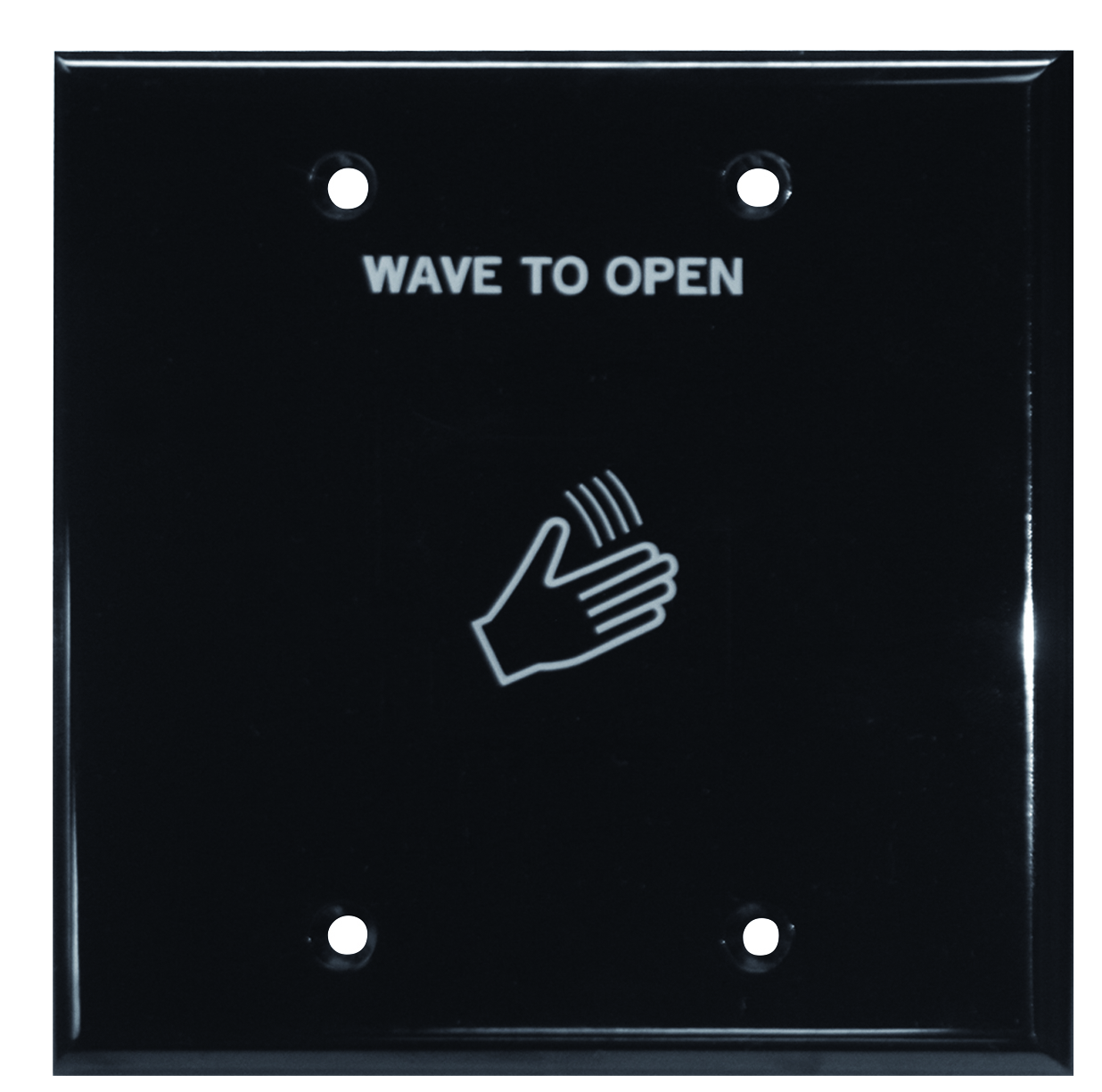 Touchless Actuators and Wireless Transmitters: Touchless actuators that can be operated by the wave of a hand are considered a knowing act by A156.19, but the detection range (the distance from the waving hand to the switch) should be no more than 12 inches. In the 2019 edition of the standard, wireless transmitters were added to the definition of a knowing act. While there isn’t a specific allowable range for wireless transmitters, the user should be within view of the door before actuating the automatic operator, to help ensure that other building occupants are not in the path of the moving door.
Touchless Actuators and Wireless Transmitters: Touchless actuators that can be operated by the wave of a hand are considered a knowing act by A156.19, but the detection range (the distance from the waving hand to the switch) should be no more than 12 inches. In the 2019 edition of the standard, wireless transmitters were added to the definition of a knowing act. While there isn’t a specific allowable range for wireless transmitters, the user should be within view of the door before actuating the automatic operator, to help ensure that other building occupants are not in the path of the moving door.
Timing: The BHMA standards include minimum times for the opening and closing cycles of an automatic door, as well as a minimum hold-open time. For low-energy operators there is a table in the A156.19 standard which states these minimums based on the door width, door weight, and actuator position.
Signage: Every automatic door is required to have signage installed, to warn building occupants that the doors may be operated automatically. The BHMA standards include requirements for signage which vary depending on the type of operator, the configuration of the door (swinging, sliding, or folding), and how the door is actuated.
Stand-By Power: Doors with automatic operators are not subject to the same maneuvering-clearance requirements as manually-operated doors. However, if a door does not have the required clearance on the egress side, and an automatic operator is added, the operator must have stand-by power so it will function in an emergency. Automatic operators on fire-rated doors are required to be deactivated upon fire alarm. Therefore, an automatic operator should not be installed on a fire door that doesn’t have the proper clearance on the egress side, because the operator will not be functional when the fire alarm is sounding.
Power-Assist: Although some people call doors with low-energy operators “power-assist” doors, they are two different types of operators and the requirements of the codes and standards vary. A power-assist door has an operator that reduces the opening force but requires the door to be opened manually. A low-energy operator opens the door automatically and is the type of operator most commonly installed for the purpose of hands-free operation.
Conclusion
When transitioning to touchless solutions for healthy environments, it’s important to consider all of the requirements of the codes and standards that may impact product selection. Consult the codes that have been adopted in the project’s jurisdiction, and verify that the proposed solutions don’t conflict with mandates related to egress, fire protection, or accessibility. Discuss any questions about compliance with the Authority Having Jurisdiction (AHJ) to avoid problems in the field, and for information about cleaning and sanitizing door hardware, refer to the manufacturers’ recommendations.
~~~
Click here to learn more about touchless solutions.
You need to login or register to bookmark/favorite this content.

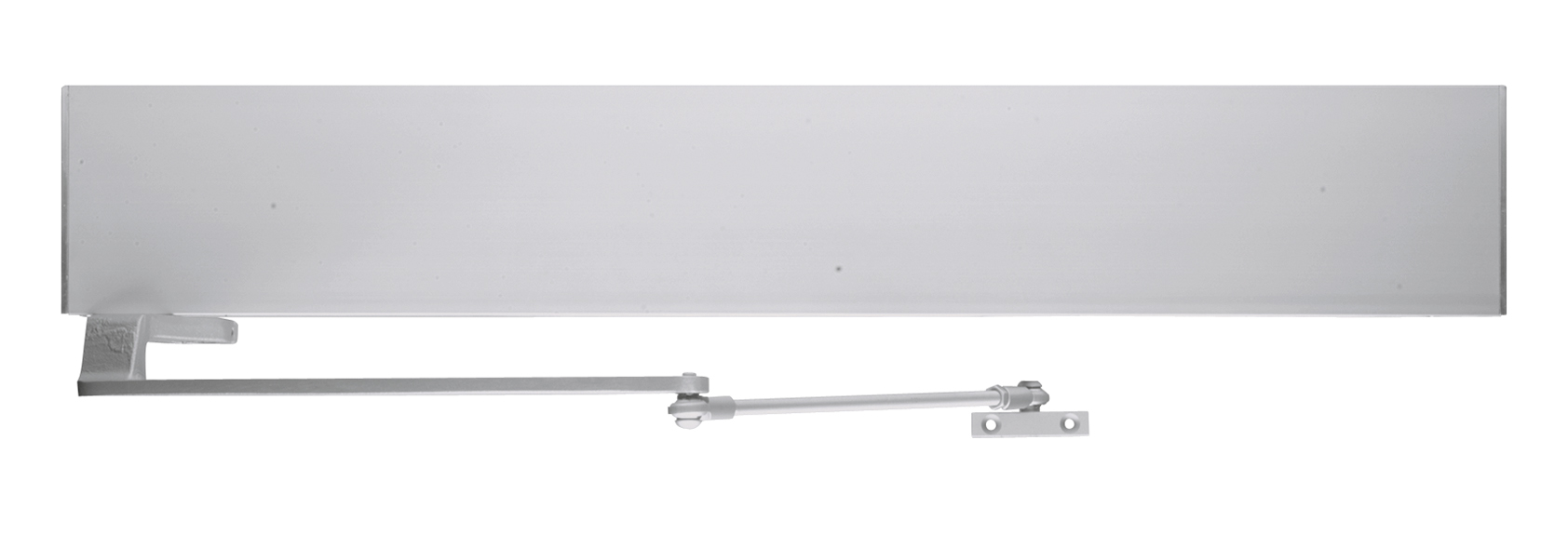

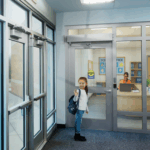

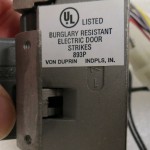
Lori,
I attended today’s webinar on touchless hardware, though signed on late. How can I arrange for my AIA credit?
Mitchell Kurtz AIA Membership #30064024. Thank you.